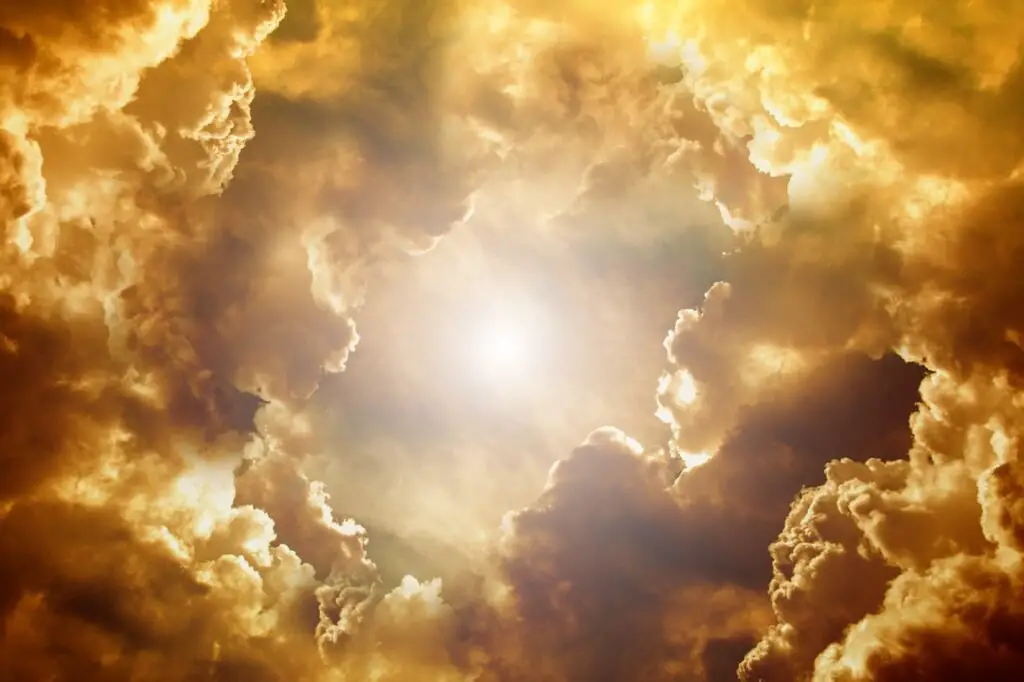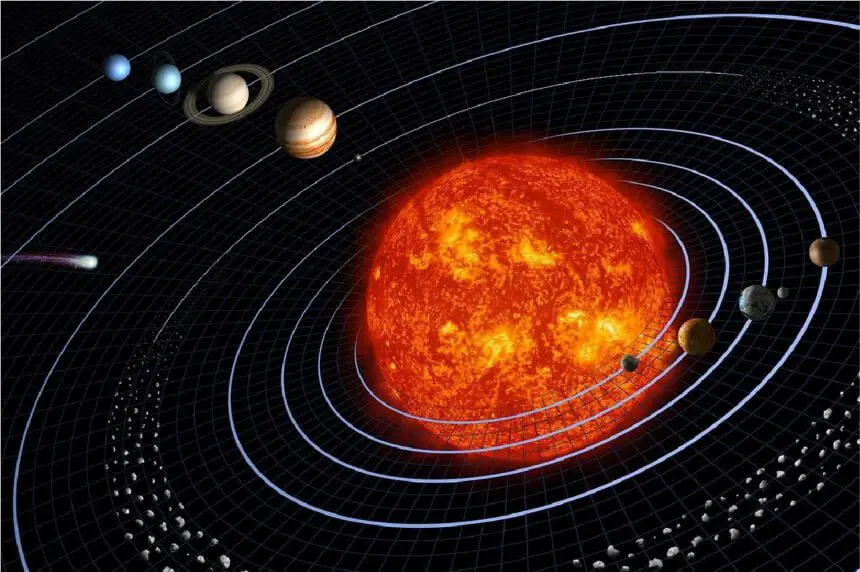Tracing the Sun’s Origins Back 9 Billion Years
Our Sun – that glowing orb in the sky providing Earth its light and warmth – has shone steadfastly for over 4.5 billion years. But rarely do we consider the incredible cosmic forces and events preceding our host star’s ignition. When exactly was our Sun born from the primordial chaos of the early universe? Understanding the Sun’s full backstory offers perspective on both its eventual fate and our solar system’s evolution as well.
The Rise of Stellar Nurseries
Around 9 billion years ago, the conditions finally aligned for the Sun’s formation. After the Big Bang birthed the universe itself nearly 14 billion years ago, only two elements existed: hydrogen and helium. Eventually, over billions of years, supernova explosions dispersed heavier elements like carbon, oxygen, and silicon through interstellar space too.

Gradually, enormous clouds of gas and dust enriched by these new elements began collapsing under their gravity. Within them formed dense clumps reaching mass and density thresholds supportive of nuclear fusion. These so-called stellar nurseries filled with raw star-forming material have since directly birthed about three generations of stars including our solar system’s own Sun.
Turbulent Beginning
Within this rich, swirling environment, a tiny patch of gas and dust then contracted further upon itself about 4.57 billion years ago. Approximately 50 trillion miles wide initially, gravitational forces compressed this molecular cloud – which astronomers designate the solar nebula – into a turbulent spinning disk with a protostar at its core.
As this proto-sun accumulated mass, its core temperature climbed steadily over 10 million degrees Celsius. Finally, around the 4.6 billion years ago mark, extreme heat, and pressure ignited the first nuclear fusion process at the newborn star’s heart – converting hydrogen into helium and birthing dazzling luminosity. A spectacular solar wind erupted too, shaping the disk’s residual gas and dust into discrete orbiting planets over the next 50 million years.

Locating The Sun’s Siblings
Astronomers identified the specific stellar nursery responsible for parenting our solar system back in 2010. Using advanced star mapping, researchers traced the Sun’s origins back to an open star cluster called W3 located 6500 light years away.
Containing over 1000 stars spanning ages 12 to 30 million years old, W3 represents a relatively recent batch of new stars compared to our 4.6 billion-year-old Sun. Based on the shared elemental compositions and ages though, experts agree W3 still serves as essentially the Sun’s sibling birth cluster.
Studying these local analog stars enlightens scientists about critical early phases in our Sun’s history too difficult to glimpse otherwise. Identifying past nursery compatriots for mature stars generally provides better context around their characteristics as well.
The Sun’s Eventual Fate
Knowing the Sun’s precise age and origins guides predictions about its eventual old age and death too. Currently a healthy, middle-aged main sequence star, the Sun continues fusing hydrogen reliably. But in about 5 billion years as its core depletes more hydrogen, outer layers will expand while the center contracts.
Essentially, astronomers anticipate the Sun will become a swollen red giant star enveloping even Earth’s orbit. Throughout this volatile, late stage spanning perhaps a billion years, fiery torrents of solar material episodically blasting into space could potentially vaporize any surviving inner planets.
Finally, scientists expect the aged Sun will stabilize as a small white dwarf remnant no longer generating its energy – cooling into darkness over many more eons. So while our home star’s inception occurred almost 9 billion years ago, we’re only at perhaps the halfway point of fully witnessing the Sun arc from birth to expiration.
Appreciating Cosmic Connections
The Sun burning brightly outside each day often seems eternal and unchanging year after year. But piecing together the epic, cataclysmic history giving rise to stars reminds us that even familiar celestial objects have origins tracing back to near the dawn of cosmic time itself.
And unraveling when and how our own Sun and solar system emerged not only illuminates astronomy – but physics, chemistry, biology, and every other natural science fundamentally owing their existence to distant ancient stars as well. By knowing where we come from, humanity gains perspective for comprehending an interconnected universe evolving still today since its fiery beginnings over 13 billion years ago.






